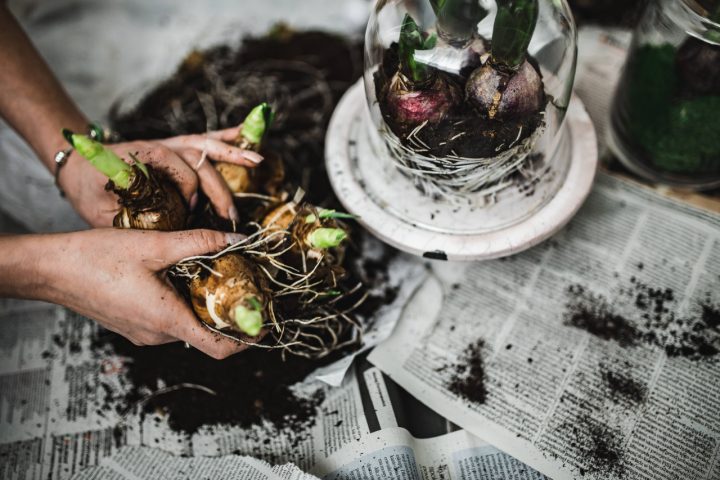
Now that we are in the ‘new normal’ where going out is discouraged as much as possible, buying fresh vegetables or fruits in the market has become challenging. This is the reason why planting and growing your own vegetables and fruits in the backyard has become a trend this quarantine.
Not only is it a good hobby and diversion but it also keeps you from going out to buy them. On top of the comfort it brings and the convenience that flourishes from it, backyard gardening also provides safety and economic assurance because you know exactly where your food is coming from, and you can get them fresh and practically for free, too.
It’s not even that hard to pull off, as well! There are a ton of vegetables and fruits that you can grow right in your backyard or even at your sunlit apartment balcony. Here are a few popular vegetables and fruits that are relatively easy to grow and tips on how to grow them, if you’re looking to save some cash and feed your family to boot:
1. Sili / Chili
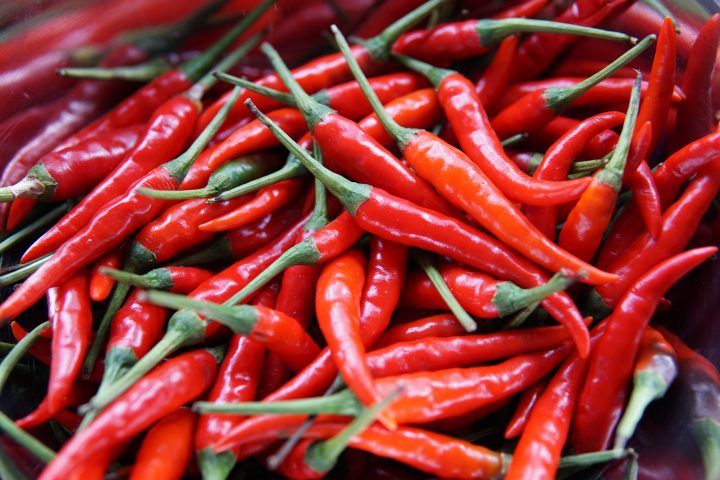
Were you one of the hundreds of Filipinos who were outraged by the PHP 1,000/kilo price hike of the siling labuyo? We were too. And so, traumatized and wanting to never have to feel that panic again, deciding to grow our own bird’s eye chilies at home was the way to go.
SRP per kilo: PHP 300-400
How to grow them:
- Place one seed per hole in a seedling tray with potting mix, and in 14 to 21 days, seedlings will sprout. Once sprouted, transfer the seedlings to your plot or container.
- Make sure to fatten and fertilize the soil. To do this, add 100g of vermiculture and do so again after 20 days. Plants will sprout chilis after approximately 75 days (you can also use the leaves for tinola).
Additional tips: Water! Keep the soil constantly moist, but not soaking wet. Chili peppers love water as much as they love the sun but you don’t want to inundate the plants, or you run the risk of rotting. Water every other day or every third day.
2. Calamansi
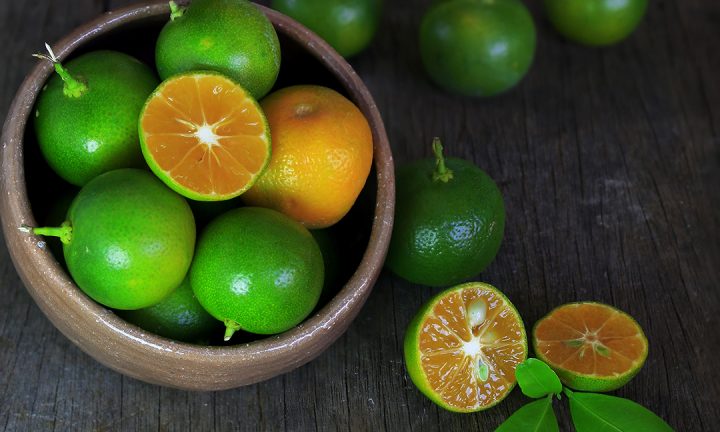 Now that we are all required to have a strong immune system and Vitamin C is already a must-have, Calamansi comes even handier. It is also known for its many domestic uses, including the treatment of insect bites and sore throat and removal of stains and odor in fabric materials.
Now that we are all required to have a strong immune system and Vitamin C is already a must-have, Calamansi comes even handier. It is also known for its many domestic uses, including the treatment of insect bites and sore throat and removal of stains and odor in fabric materials.
SRP per kilo: PHP 80-100
How to grow them:
- To plant it, you need soil that drains well. Calamansi trees grow well in dry soil that doesn’t retain moisture and remains waterlogged.
- If you are growing Calamansi in a container, make sure to use one that is at least 18 inches of width and 24 inches of depth. If you’re growing it outdoors, dig a hole of 16 inches width and depth. Leave a space of approximately 1/2 feet between each hole.
- Calamansi needs to be exposed to at least 6 hours of sunlight daily.
Additional tips: In order to sustain and bear lots of fruits all year round, choose a location where there is a lot of sunlight. Sunlight and temperature improve the productivity of the tree so growing Calamansi in full sun is required for a healthy tree.
3. Tomato
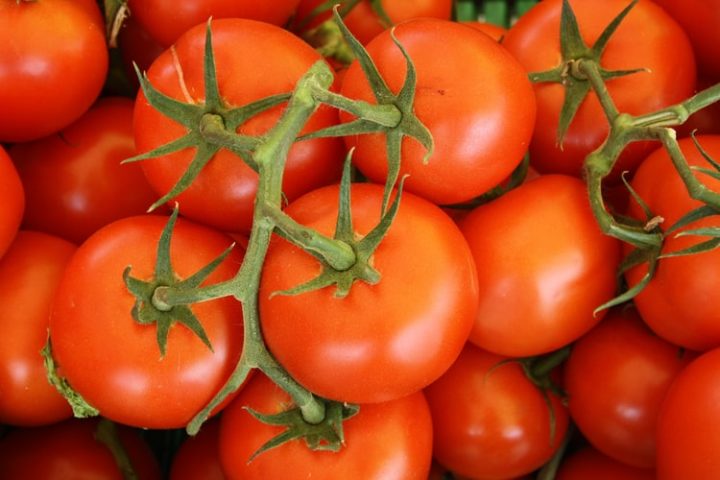 Tomatoes grow quickly, making them ideal for first-time gardeners, homeowners with kids, and even condo-dwellers. Since they can grow and thrive in plant containers, tomatoes make it easy for people living in apartments to grow them out on the balcony.
Tomatoes grow quickly, making them ideal for first-time gardeners, homeowners with kids, and even condo-dwellers. Since they can grow and thrive in plant containers, tomatoes make it easy for people living in apartments to grow them out on the balcony.
SRP per kilo: PHP 60-80
How to grow them:
- Get a big container and place it in a spot that receives a lot of sunlight.
- Plant tomato seeds, or purchase a ready potted and grown tomato plant from online sellers. Most online shops offer a grown tomato plant for PHP 100 or less.
Additional tips: Tomates LOVE the Sun. To ensure the tomato plants grow healthy, keep the young plants only a couple of inches from fluorescent grow lights (if you’re planting indoors) or direct sunlight (if outdoors).
4. Onion
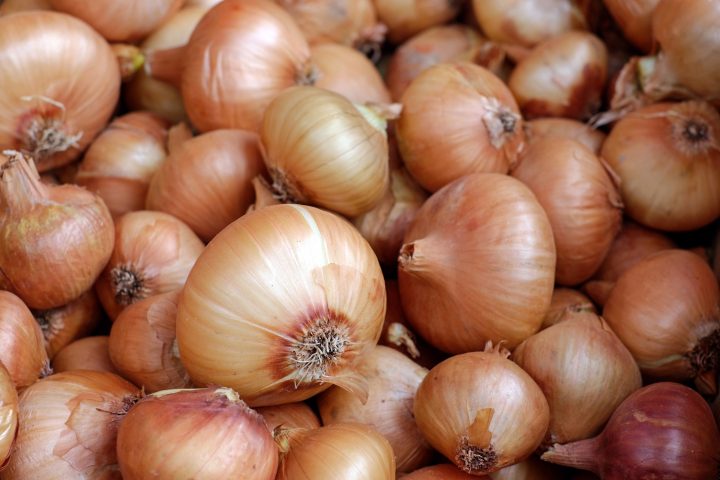
Onions are a staple in Filipino cooking that are surprisingly easy to grow. This is because they are resilient and low-maintenance plants. Just make sure to plant them where they can get tons of sunlight, and in good garden soil. The perfect soil for growing onion plants is typically loose, has good drainage, and rich in nitrogen. The richer in nitrogen the soil is, the bigger the onion bulbs will grow.
SRP per kilo: PHP 180-220
How to grow them:
- For planting seeds indoors, make sure to wait for about 6 weeks before transplanting them into the ground. If you’re growing them in sets, plant the smaller sets 1 inch deep into the soil, with 4 to 5 inches of space between each seed, and in rows 12 to 18 inches apart.
- Don’t bury them more than 1 inch under the soil. When the onions are almost near harvest, the tops will become yellow and begin to fall over. Bend the tops down to speed up the final ripening process.
- When tops are brown, pull the onions. Store the onions in a cool, dry place.
Additional tips: Onions are heavy feeders. Feed onions with a rich fertilizer, such as fish emulsion, early in the season to develop large plants and bulbs.
5. Okra
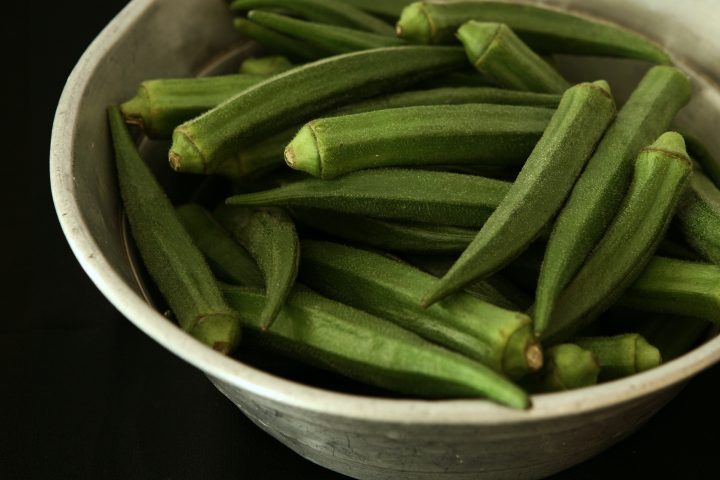 Okra is another vegetable that can be easily grown in a container but it also needs a big-enough pot. Not only is okra full of vitamins and minerals but it’s also being used in a wide variety of Filipino dishes such as Pinakbet, Sinigang, Ginisa recipes, and even Adobo!
Okra is another vegetable that can be easily grown in a container but it also needs a big-enough pot. Not only is okra full of vitamins and minerals but it’s also being used in a wide variety of Filipino dishes such as Pinakbet, Sinigang, Ginisa recipes, and even Adobo!
SRP per kilo: PHP 20-30
How to grow them:
- Sprout the seeds in a seed tray with a potting mix.
- Once they have grown a second set of leaves, transfer the seedlings to the big pots.
- Fertilize once a month and do not over-water. Be sure to buy the local varieties of Okra to ensure the plant would grow healthy under our weather.
Additional tips: In buying okra plants, purchase those that are started in containers such as pots that can go into the ground. Disturbing okra’s roots hampers growth.
6. Potato
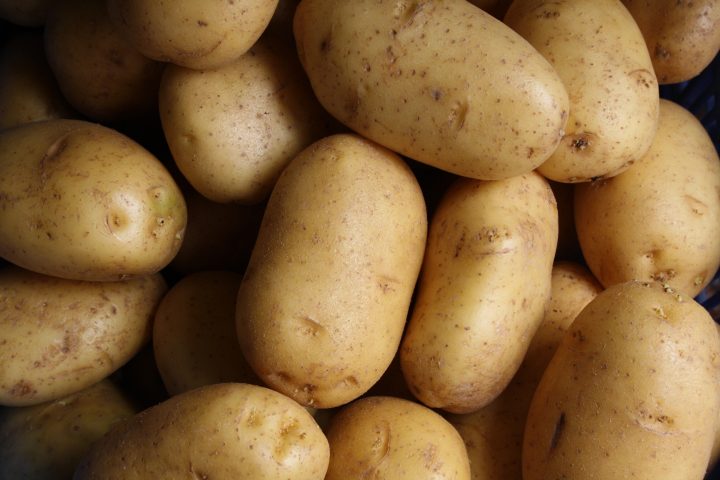
Here is another plant that you can grow in a container! It may just need some more attention than your other plant babies.
SRP per kilo: PHP 80-100
How to grow them:
- Plant small potatoes or pieces of a whole potato with at least two eyes per piece in a large pot.
- Water the plants twice a day because to keep the soil damp. However, keep in mind that the soil should not be over soaked. Overwatering and underwatering this root crop may impede its growth – so remember to strike a balance.
- It is important to note as well that you should cut your potatoes 1 to 2 days before you plant them.
Additional tips: Potatoes should be rotated in the garden on a 3-year system. This means you shouldn’t grow potatoes in the same spot until 3 or 4 years later.
7. Garlic
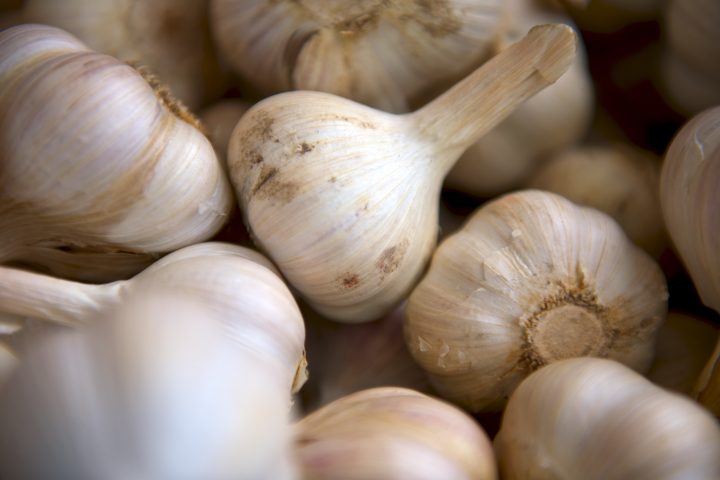 Garlic is known for being a healthy vegetable with many healing properties. It is popular in all types of cooking, so it’s hardly surprising it has become popular to grow at home. Fresh, homegrown garlic also has been found to have higher levels of allicin, the compound that is responsible for garlic’s health benefits.
Garlic is known for being a healthy vegetable with many healing properties. It is popular in all types of cooking, so it’s hardly surprising it has become popular to grow at home. Fresh, homegrown garlic also has been found to have higher levels of allicin, the compound that is responsible for garlic’s health benefits.
SRP per kilo: PHP 120-140
How to grow them:
- Did you know that garlic also requires very little care? You only need to plant a few garlic cloves! Select a sunny spot and prepare well-drained soil fertilized with compost.
- Place the individual cloves 4 inches apart and 2 inches deep into the soil with the wider root side facing down and the pointier end facing up.
- When the tops begin to yellow and fall over, carefully harvest them by lifting the bulbs with a spade.
- Pull the plants and carefully brush off the soil.
Additional tips: Garlic may be used straight out of the ground, but it will store for longer periods of time if allowed to dry/cure first.
Have you already taken a pick which of the above you’d like to try planting at home? Let us know in the comments section below! Maybe share your gardening tips or progress reports in the Pinoy Fitness Community to help others out!






